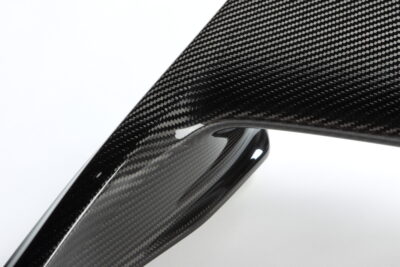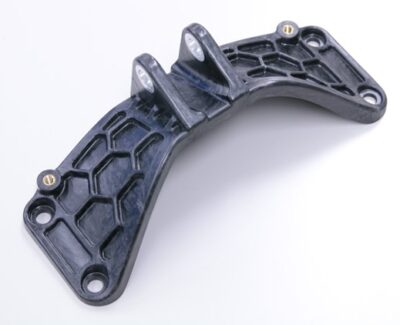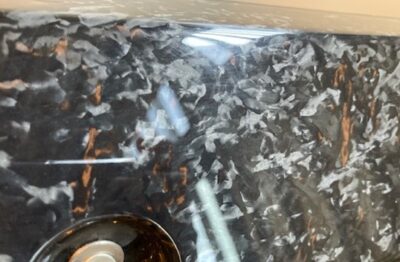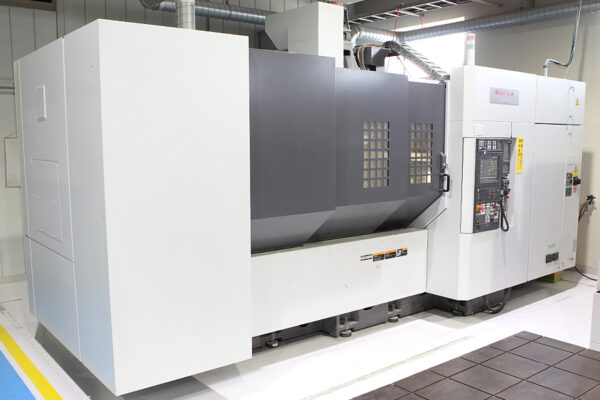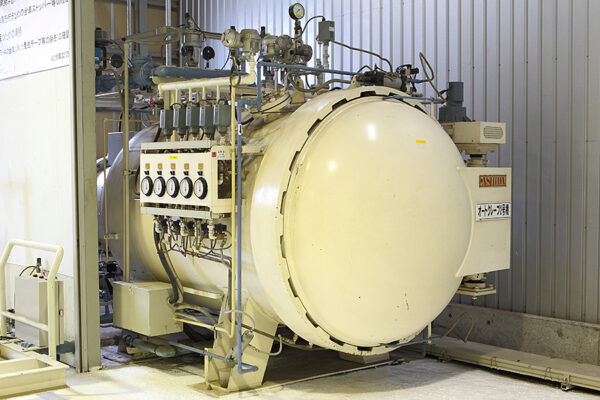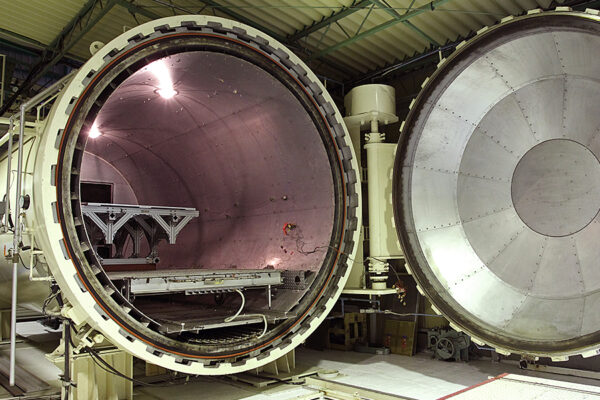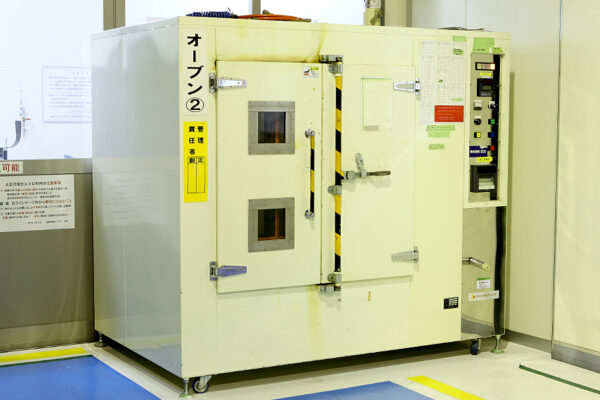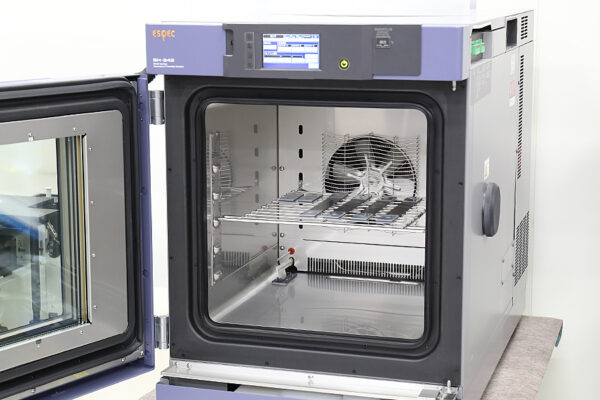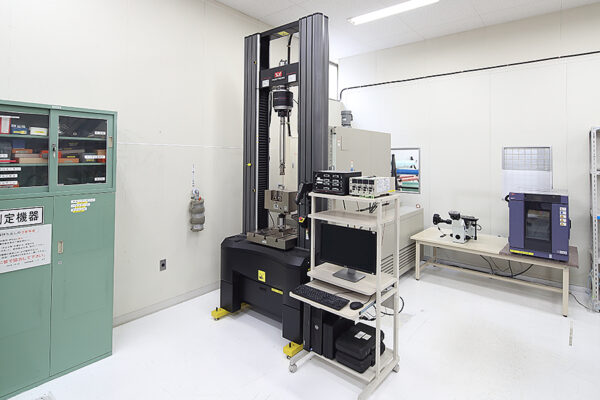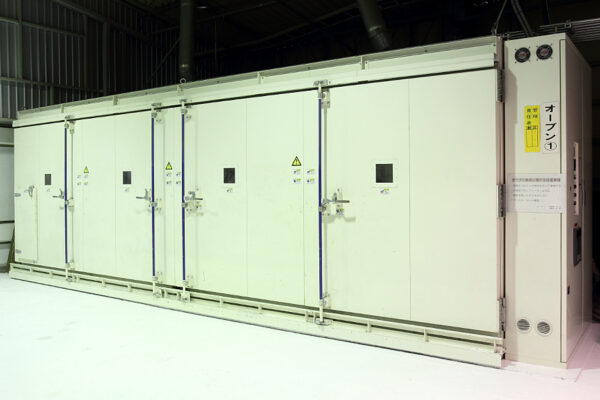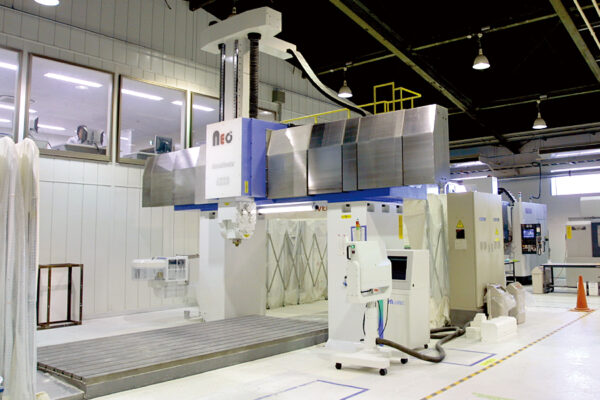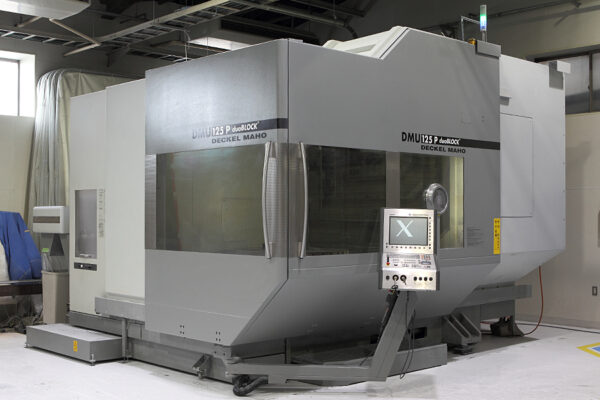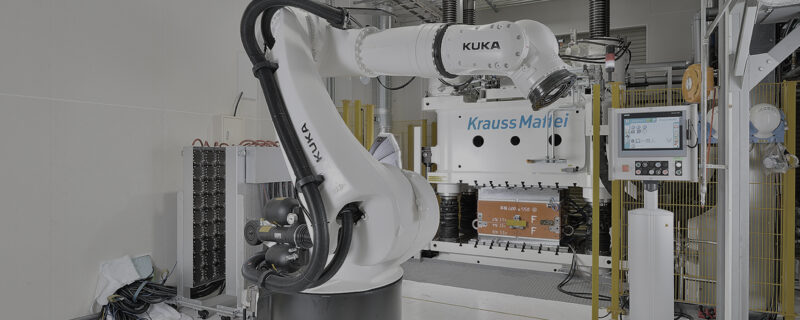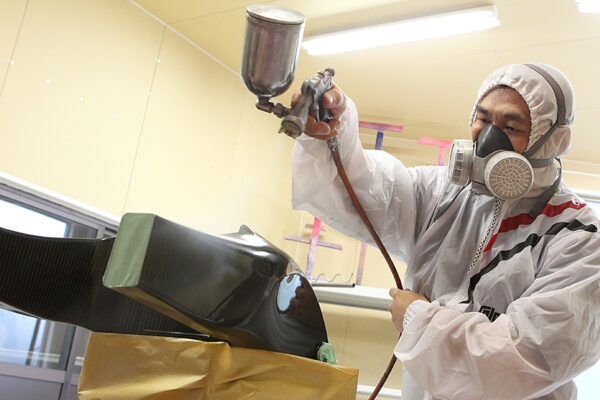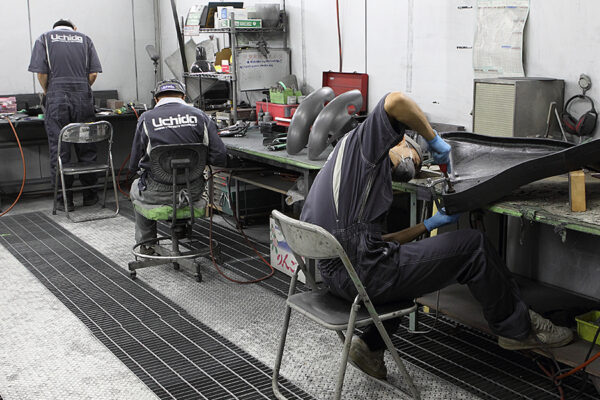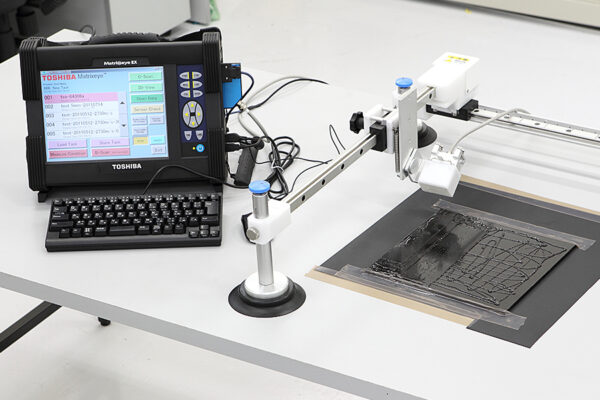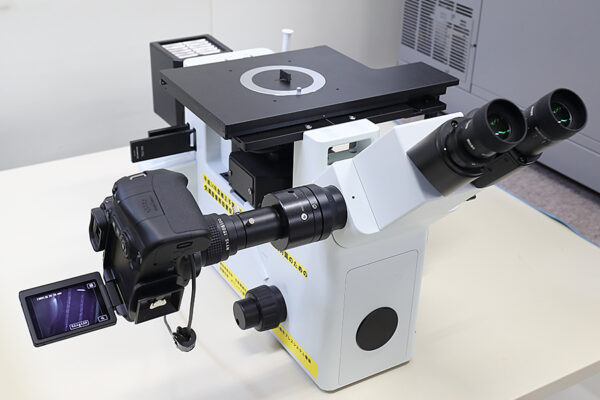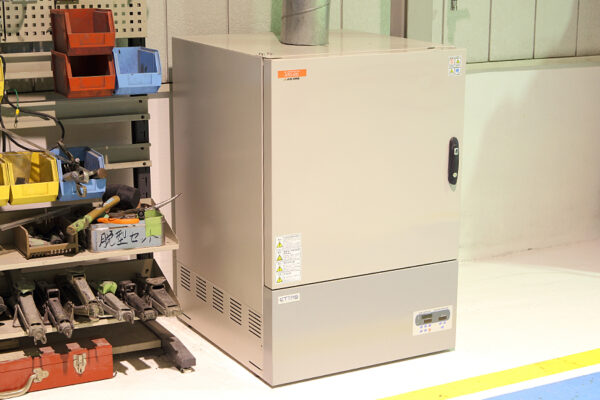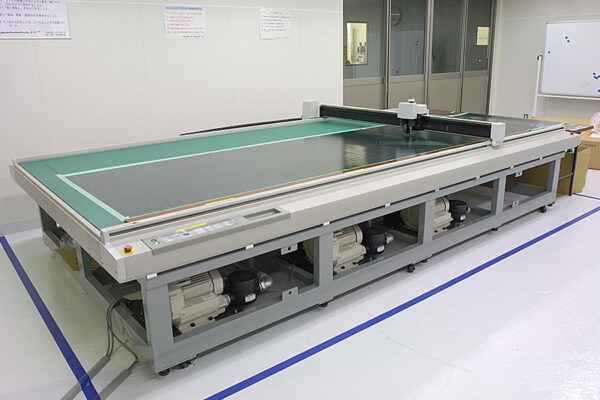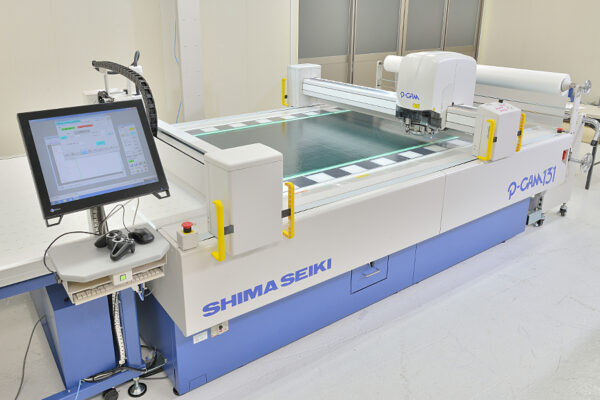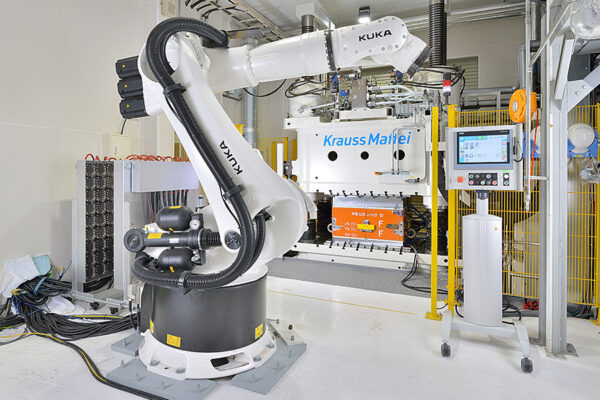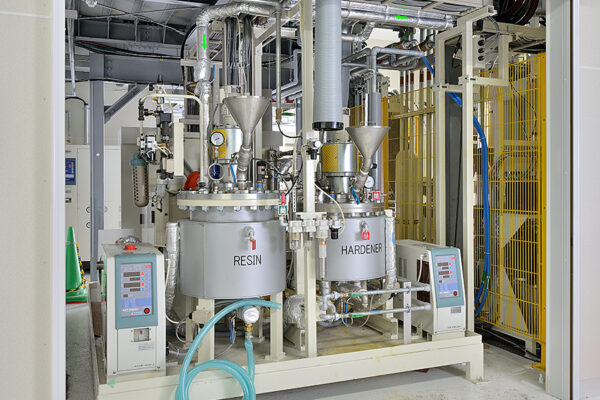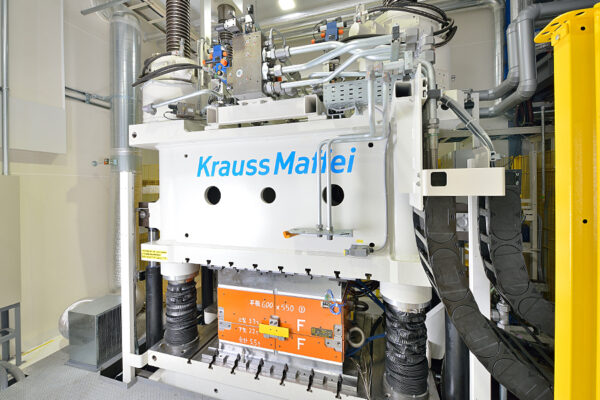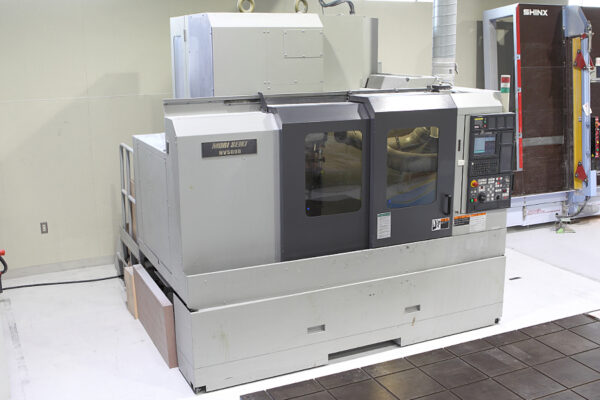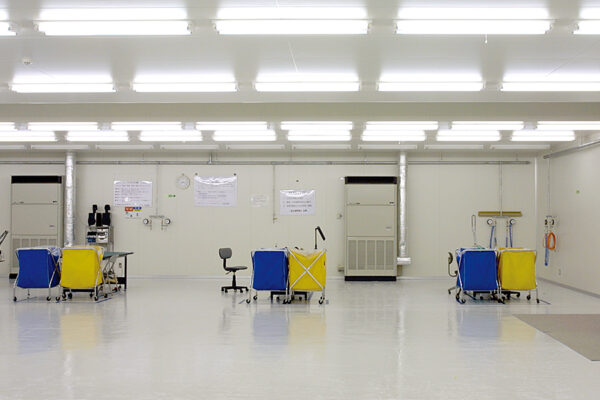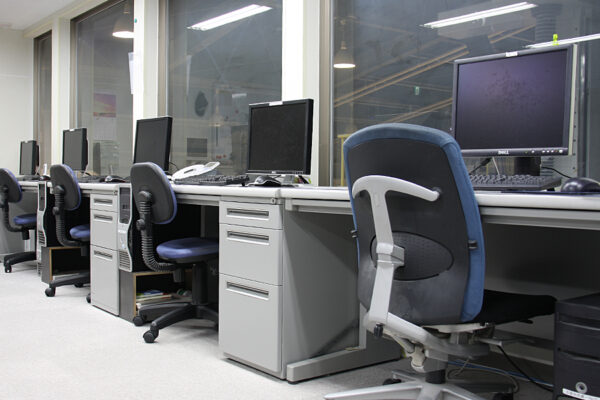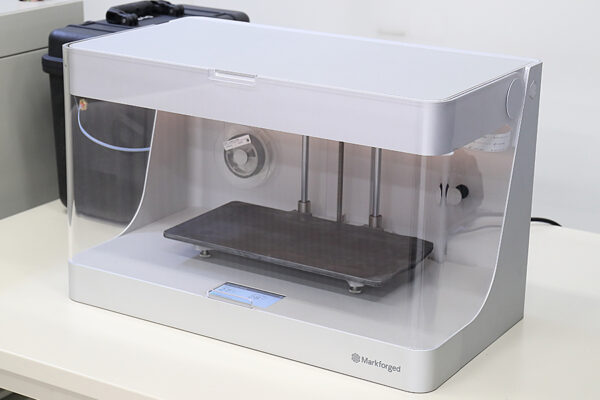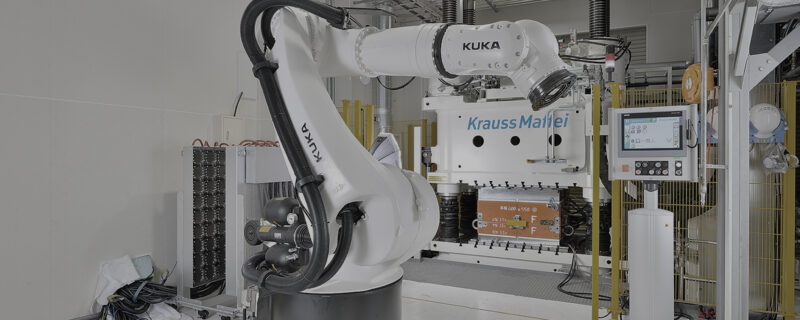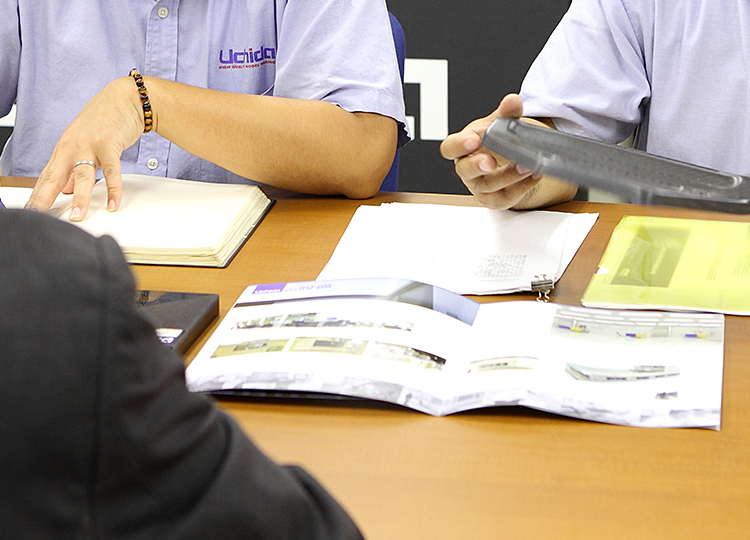Introduction
These days, technical jargon such as FRP, CFRP, composites, and weight-efficiency often appear in the media for a range of applications. Such terms may be annexed with “lightweight, strong, and non-corrosive” materials that substitute metals. But what exactly are these materials?
Overview
Carbon Fiber Reinforced Plastics (CFRP), as the name implies, refers to plastics reinforced with carbon fibers. The initial letter refers to the type of fiber used; C being carbon, G being glass fibers, and A being aramid fibers. Since CFRPs are composed from a combination of reinforcing fibers and resin (plastic), they are referred to as a “composite” or “composite material”. In this section, we will introduce the characteristics and applications of CFRP.
A Look at SMC and C-SMC?
SMC stands for Sheet Molding Compound, a thermo-compression molding method whereby a sheet-like material is input into a metal die, which is heated, and then compressed using a press machine. SMC materials are an intermediate substrate made from glass or carbon fibers which are cut into predetermined lengths (approximately one inch long) and then impregnated with a mixture of resin, hardening agents, and mold-releasing agents. Carbon fiber-reinforced SMCs are referred to as C-SMC, with C being an acronym for Carbon.
Key Characteristics of SMC
(1) Short molding cycle
(2) The short fiber lengths of the SMC substrate material allow for high fluidity and simultaneous molding of ribs and inserts.
(3) As SMC doesn’t utilize continuous fibers, like in conventional CFRP, it can be designed to exhibit homogeneous isotropic properties similar to those of metals.
(4) However, because fibers are cut into short strands, SMC substrates cannot deliver the same level of performance exhibited by continuous fibers. In other words, we cannot maximize the characteristic strength of carbon fibers.
(5) The above characteristics have led to SMC materials being used as a replacement for aluminum and similar metals. Its application and uses continue to expand.
Manufacturing Method
CFRP offers diverse features and can be produced using various molding methods depending on the shape of the product, production lot, and structure or specifications. At Uchida, we can provide one-stop support for a wide range of molding methods starting from prototyping.
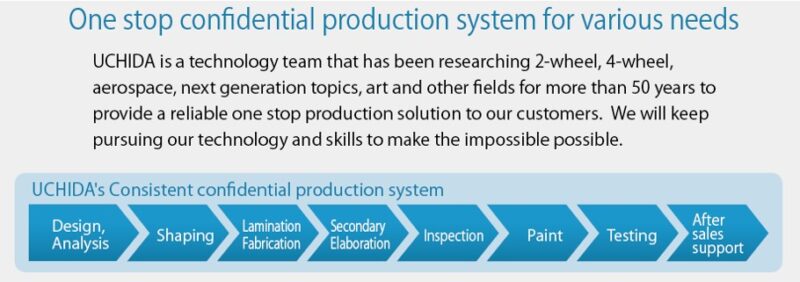
Summary
SMC and C-SMC materials are an intermediate substrate used for mass production of CFRP. As an advanced material, information on CFPR is still limited, making it hard to fully comprehend the bigger picture. The distinctive features of fiber reinforced plastic (FRP) are its “lightweight, strong, and non-corrosive” qualities. While CFRP offers impressive potential, it also has disadvantages such as manufacturing complexity and challenges regarding costs, mass production, and recyclability. We strongly urge you to consider adopting CFRP and GFRP for your next project with a thorough understanding of its strengths and disadvantages alike.
Related useful contents
You can explore related content by clicking on a topic of interest.
ABOUT UCHIDA - 55 years since our founding
We leverage a wealth of technical expertise as a CFRP molding and processing manufacturer using FRP, GFRP, and CFRP materials. We offer a one-stop solution, encompassing design, analysis, manufacturing, secondary processing, assembly, painting, quality assurance, and testing.
UCHIDA's equipment
We have cutting-edge equipment to ensure that we can address even the most advanced challenges of our customers.
Video Library
In the following video, we provide a detailed overview of our manufacturing process. Please feel free to watch and learn more.


